“We All Have a Chance to Start Fresh”—5 New York Designers on Fixing the Fashion Calendar
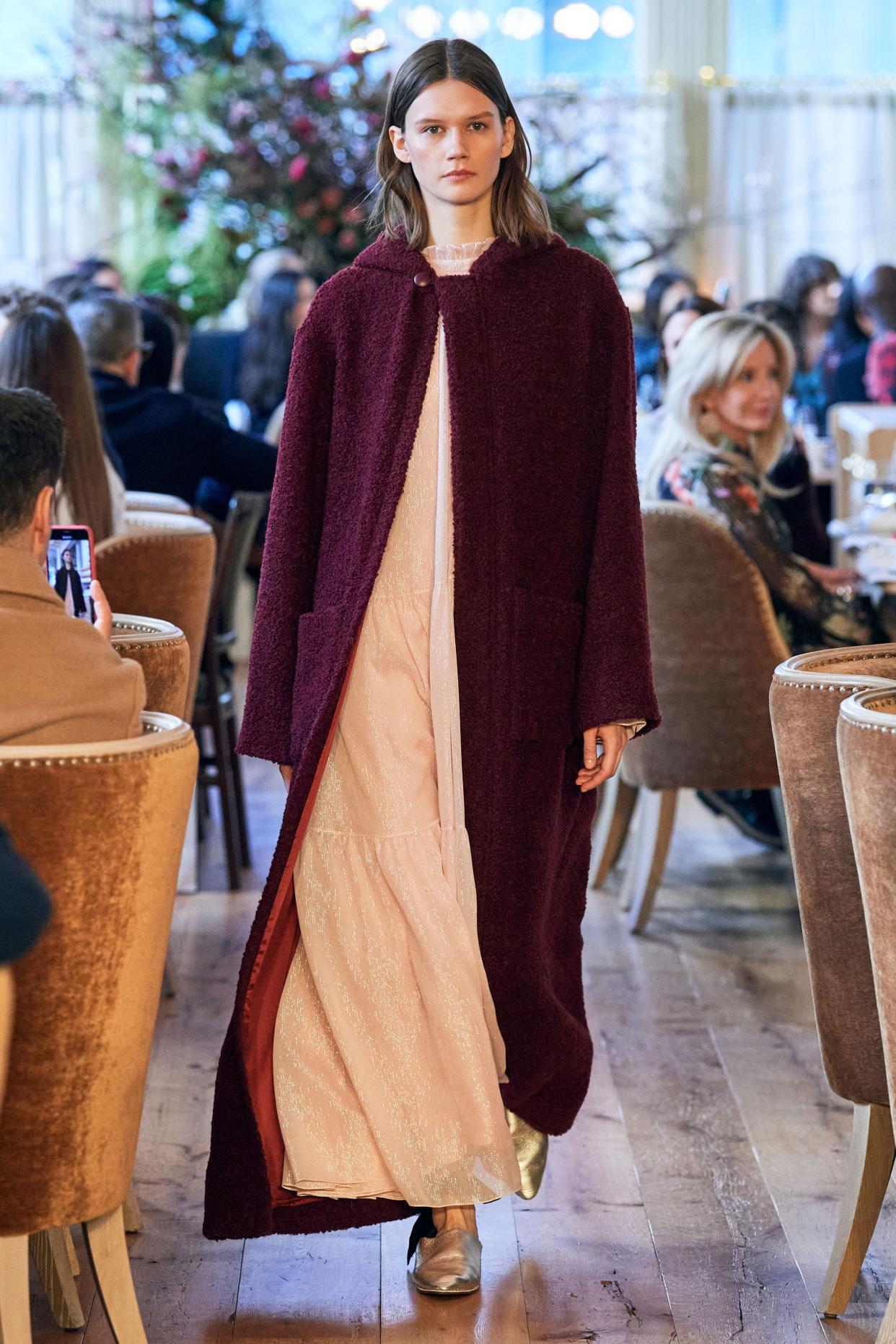
It’s been years since we first heard the term “buy now, wear now” at resort appointments, maybe as far back as 2014. Formerly a season of caftans, sandals, and other “resortwear” for women who spend Christmas in St. Barth’s, designers had suddenly realized that resort—which arrives in stores in early November—was a better opportunity to sell cashmere sweaters, down-filled coats, and leather boots. You know, stuff most of us can actually wear in November. The concept sounds almost too obvious now, but at the time, it was a radical pivot from the way women had been told to shop for decades: months in advance, with trends dictated by a handful of runways. Now, we shop for items we need right now, and expect to get them just as quickly.
The other “seasonal” collections haven’t aligned as closely with their in-store dates. We see fall in February, and the clothes are available in July; the spring shows happen in September, and the collections hit stores in January; and pre-fall takes place in December, and we shop it in May. Yes, that means spring dresses come in when there’s snow on the ground, and fall sweaters often arrive in the middle of a heatwave. The average customer likely doesn’t even realize this; she just knows that when she needs a new jacket or a pair of sandals, she’ll find them on sale. By the time collections feel weather-appropriate, they’ve been sitting on the shop floor for three months and are put on deep discount. It’s a vicious cycle designers have protested for years—and one that could be solved by adjusting when clothes arrive in stores by a few months: fall in October, spring in April, and so on. That sounds easy enough, but the rapid pace of the fashion cycle has made it impossible to press pause and change course.
Now, fashion has no choice but to press pause as a result of COVID-19. Department stores, boutiques, factories, designer studios, fabric mills, warehouses, and nearly every link in the clothes-making chain have gone quiet: Clothing isn’t being purchased, collections aren’t being produced, and designers are struggling to design their next collections virtually while juggling applications for small business loans.
The silver lining of being in “hibernation,” as Adam Lippes puts it, is the industry finally has time to breathe and try to course-correct. Fixing the retail calendar, he argues, would be the best place to start. “People have been talking about this forever—I remember Oscar de la Renta talking about it 15 years ago,” Lippes explains. “But now it just seems like it has to be done. I think the ideal calendar would be to ship fall in August and September, and ship resort around the holidays. All of the shipments should be smaller, and we would be shipping product when the season hits, so spring in the springtime...I mean, it’s so funny because it’s not complicated,” he adds with a laugh. “It just makes sense.”
With production of his fall 2020 collection delayed until factories reopen, Lippes is moving some of his fall pieces to his resort delivery, meaning they’ll arrive in stores in November instead of July. “Those pieces will already be more seasonally relevant [by shipping three months later],” he says. (Perhaps his cozy bouclé cape and knit skirts are included in that group.) “So the shift is already being forced, in a way.”
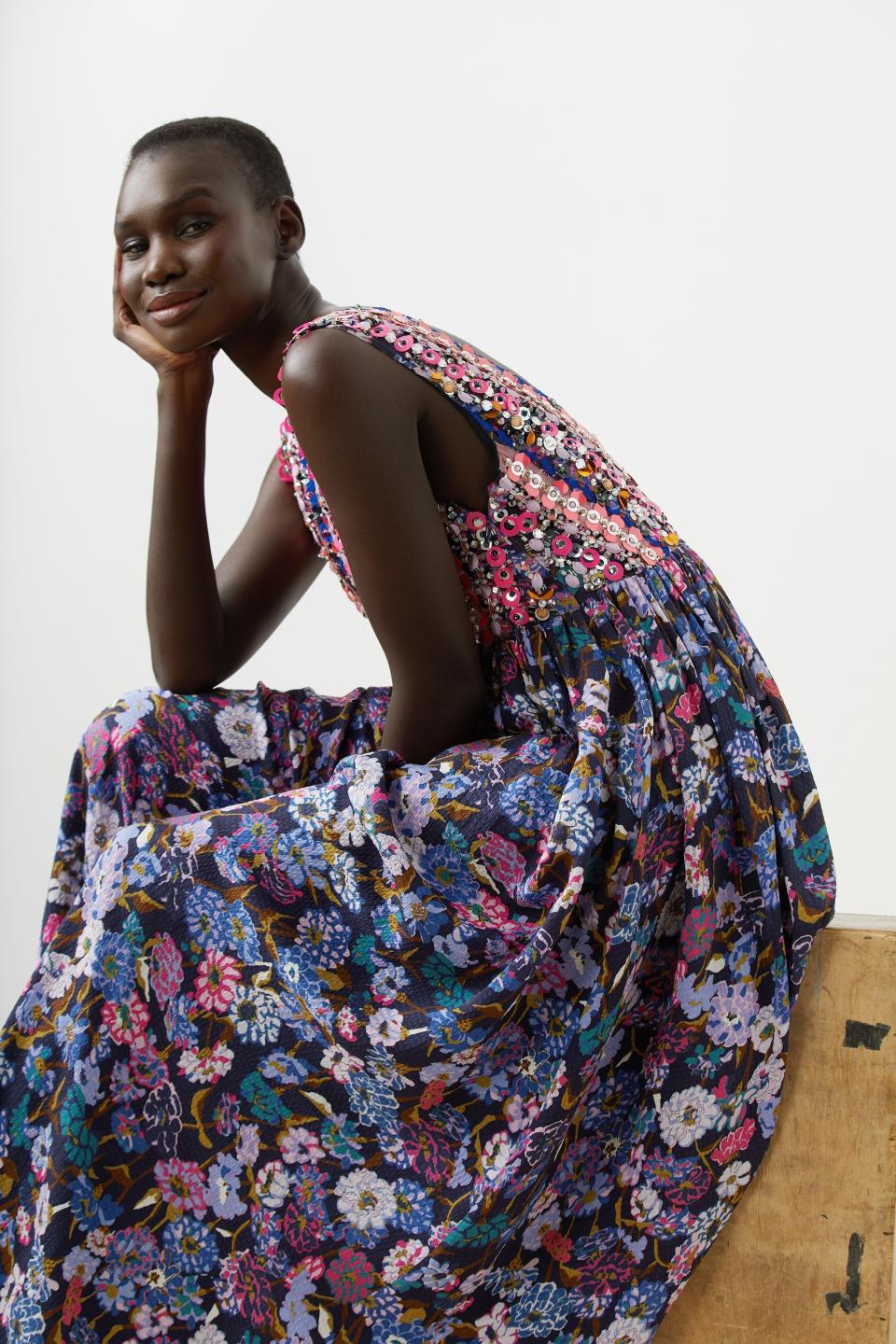
Some designers are noticing the shift even sooner with their pre-fall 2020 collections, which would normally arrive in stores later this month. When the United States began to react to the coronavirus in late February, many retailers decided to cancel their pre-fall orders. But Tanya Taylor insisted there should be a middle ground. “Canceling those orders doesn’t make sense for a small business,” she says. “We’ve already paid for this collection, we’re ready to ship it, and it is really great product. So instead of being wasteful and canceling it, why don’t we all think about shifting the cadence of what spring, summer, and pre-fall look like, and move it all two months later?” As such, she’s cut any styles from her line that hadn’t been produced yet, and she’s working with stores to condense and reschedule her deliveries from now through the end of summer. What would have been Taylor’s pre-fall collection now being pushed to start delivering June, two months later than originally intended.
Nellie Partow got an early glimpse of the coronavirus’s effects in Italy, where she sources her raw materials and manufactures much of her collection. As she realized her Italian factories were not going to be able to produce her pre-fall collection, she quickly reshuffled her plans. “We made the difficult decision to move our production in Italy back to New York so we could try to have the collection made here and have inventory ready when stores reopen,” she explains. “Our plans for fall are still undetermined, because no one knows when everyone will be up and running again. But it’s not a bad time to start thinking about shifting those deliveries. Some of our retailers already mentioned pushing the fall delivery back and receiving it a bit later, so it’s closer to the resort window. That would essentially course-correct the entire calendar.”
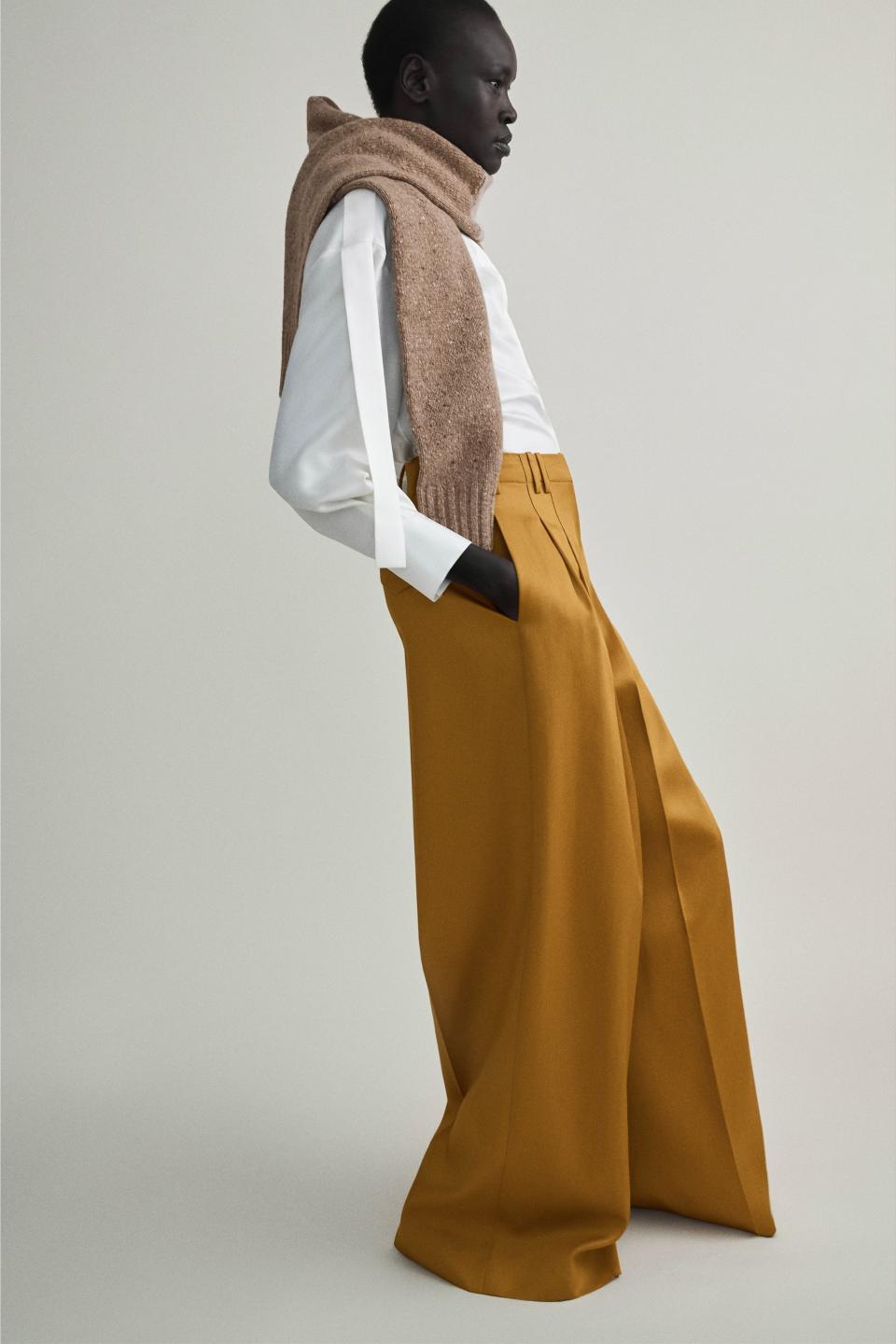
The easy question is that if this makes so much sense, why did it take a global pandemic to make it happen? The main reason, aside from the industry’s breakneck pace, is that designers and retailers haven’t been working in harmony; there isn’t one unified, top-down strategy for everyone to rally around. “It’s very hard to change the way you’re shipping product when everyone else isn’t,” Taylor says. “If you walk into Bergdorf Goodman and my collection looks a certain way, and everyone else has a different seasonal message, that doesn’t really help us. Everyone has to get on the same bandwagon, and ship the same tone of product at the same time, and test the customer’s interest in it at the same time. We all have a chance to start fresh.”
“The impact [of COVID-19] will be less if we all work together, as opposed to every man for himself,” Nicole Colovos, who cofounded the Colovos brand with her husband, Michael, adds. “If you change what you’re producing [to be more seasonally appropriate], but the whole industry isn’t shifting to that same mindset, you end up making bigger collections to accommodate retailers. Everyone has to do it together for it to work. I would be surprised if business wasn’t better as a result.”
“Part of the problem is that certain department stores are really out of touch with who is buying their product,” Michael Colovos says. “You really see it on a boutique level—the smaller stores have a really clear understanding of who their customer is. You can tell when they come in to buy the collection, they’re buying for someone in particular. That needs to scale on a larger level so retailers can better understand their customers and give them what they want, when they want it.”
That brings up the tangential concern of excess and volume; most department stores have an overwhelming amount of similar product, and the “new arrivals” sections of e-commerce sites can feel endless. Taylor’s instinct to reduce the size of her collections is reflected by retailers’ decisions to place smaller orders in the wake of COVID-19; as Moda Operandi’s buying and fashion director Lisa Aiken told Vogue last week, retailers will be ordering less for the rest of 2020, and probably into 2021 too. “The upcoming resort collections will be the most impacted,” she said. “We are treading cautiously, but every retailer will want new merchandise come November.”
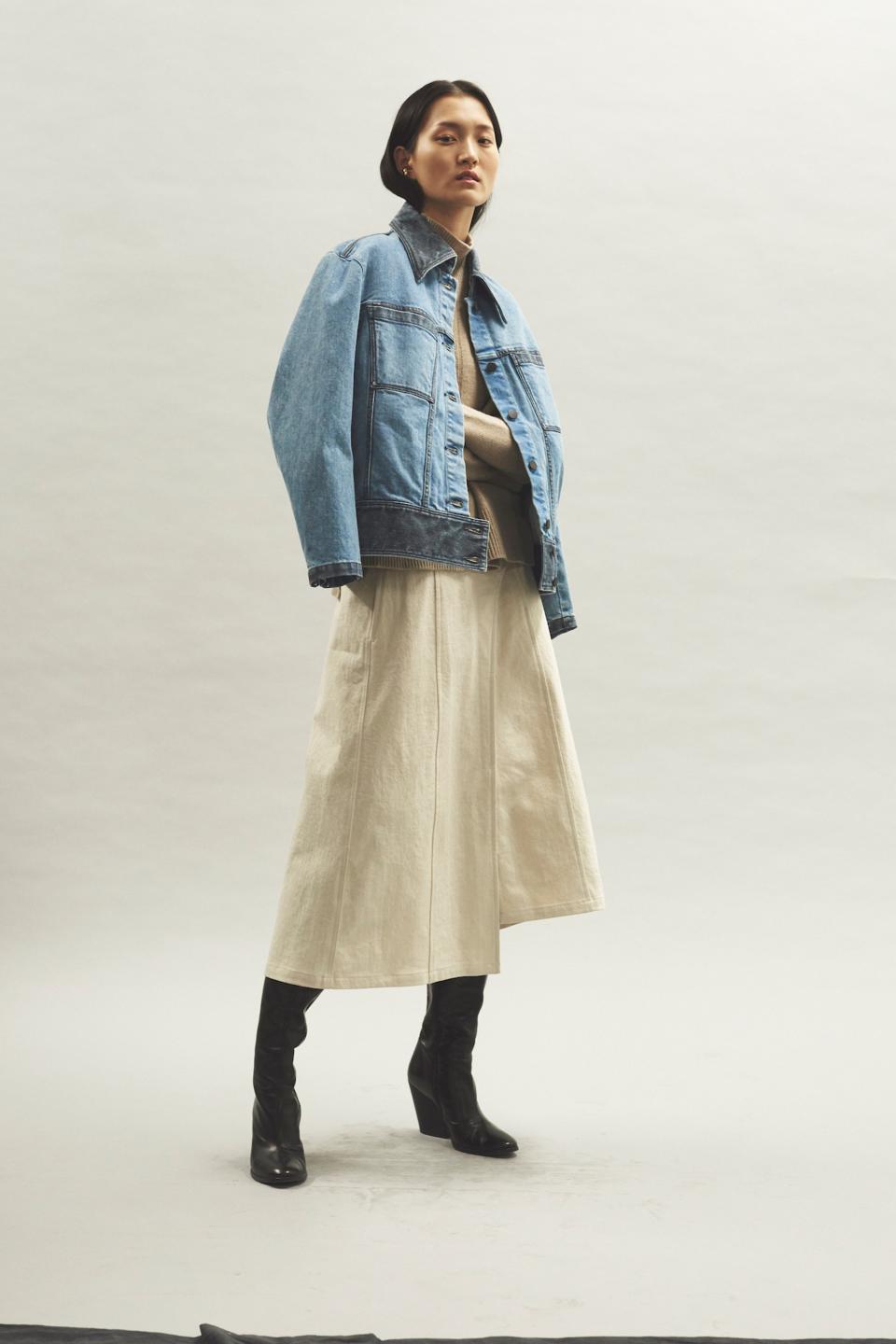
Taylor is urging designers to see that as an opportunity to do a little editing. She was happy to cut items from her fall collection that she wasn’t passionate about: “We’re trying to edit our deliveries with every account, and it’s saving us a ton of money. It feels good,” she says. “Designers should be focusing their time and energy on what they really want to put out there and what their customer wants from them, instead of having these massive collections. There is so much product and so much overlap of identity between brands, so I hope this creates an impetus for designers to just get back to their center of gravity.”
For many, that could mean moving away from the “full collection” model, which has traditionally been the gold standard: In one season, designers are expected to cover the full gamut of daywear, eveningwear, tops, trousers, statement pieces, accessories, et al. “I’ve really been thinking about the amount of stuff we all make,” Lippes says. “There is so much stuff, and maybe this will weed out some of the weaker players, and the [businesses] who survive will be forced to do things in smaller, more compact, focused ways. Tops are my biggest category—does that mean we should only do tops? Designers will have to get more focused on who you are as a brand and who is buying your clothes, and maybe it will force the industry to understand that being smaller and more focused is okay. We don’t have to do huge runway shows all the time.”
Partow added that she’s reduced the size of her fall collection, as well, both to cut costs and alleviate the potential strain it could have on her stores. “We don’t want to drown them with inventory,” she says. “It’s really selfish to only look at your own business at this time—you have to see how it’s impacting the entire chain and work to support each other.”
“This involves the entire supply chain, and we’re trying to be realistic with our needs and expectations,” says Rosie Assoulin. “We’re compassionate and understanding of their circumstances and the big picture—we are all trying to be good partners. Where that will leave us is uncertain, but the attitude that we should all work together and support each other through this time has been really helpful.”
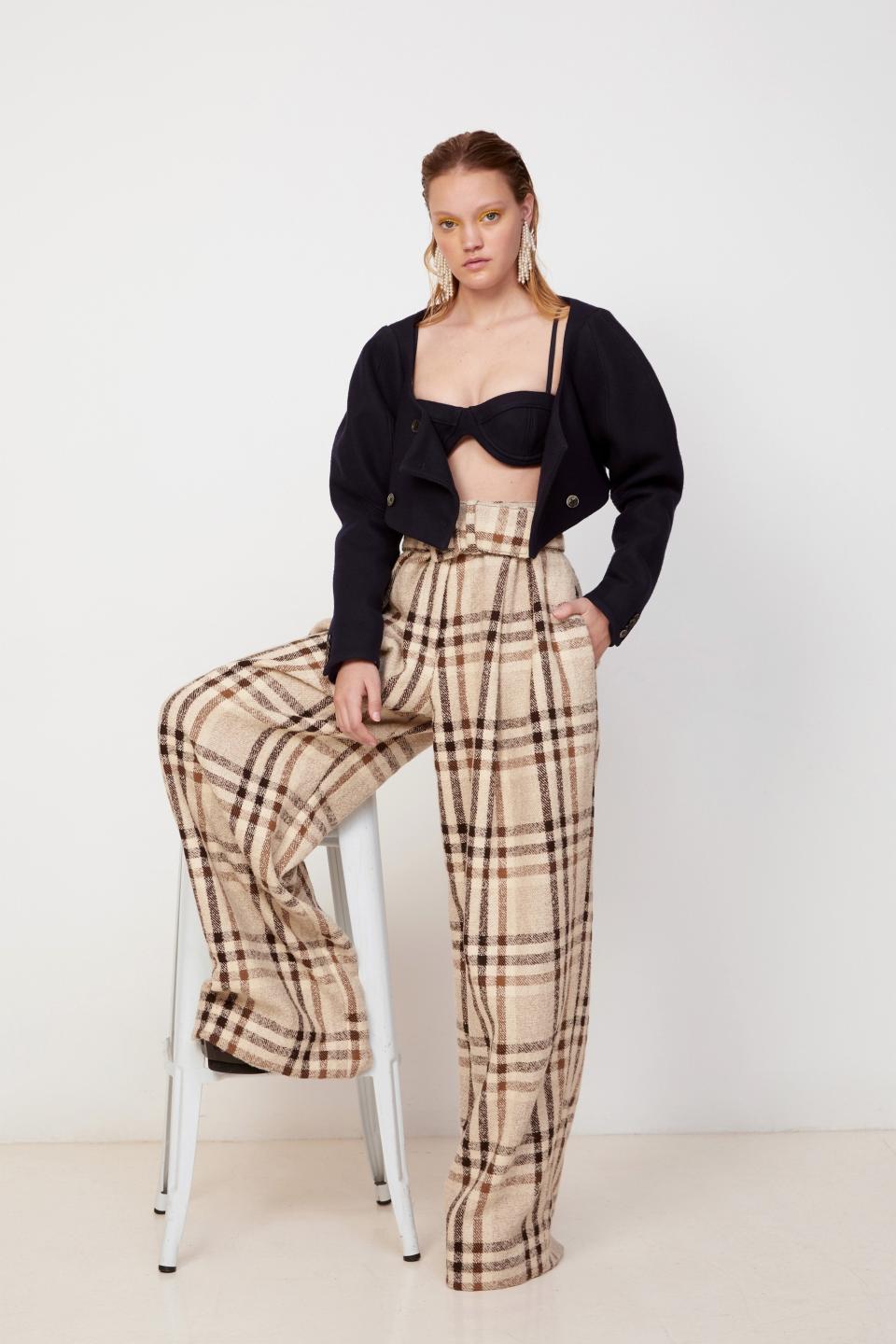
The next question for these designers is how they’re going to design resort 2021 and spring 2021—or if it will even be possible to produce those collections. Partow is not expecting to do a “typical” resort collection; instead, she will shift her fall delivery closer to the resort window, essentially skipping the season. Assoulin plans to do a resort collection that “feels appropriate”—likely on a smaller scale—though Lippes confirmed his retailers are already asking him for resort. “It will probably be half the size it usually is,” he says. “We’re working slowly on it, but we certainly won’t be ready on June 1,” when designers typically begin showing resort to press and buyers. “We’re targeting the end of June to have it ready, and are trying to figure out the best way to show it in a digital format.”
While these are all changes to an outdated system that make sense and will likely keep these designers afloat, everything is still uncertain. No one can predict what the next few months will hold. Even if the spread of COVID-19 has slowed by the fall, the world at large definitely won’t feel “normal,” and the fashion industry will have spent months struggling to simply survive. But Assoulin is optimistic designers will come out of this with a renewed sense of purpose and a crystallized vision of fashion’s future. “Until now, we’ve come up short in reimagining a more sustainable, regenerative [industry],” she says. “I know I’m not alone when I say there has to be a better way. I believe this time will help us get closer to a new, more beautiful, more rewarding, more meaningful path.”
Originally Appeared on Vogue

